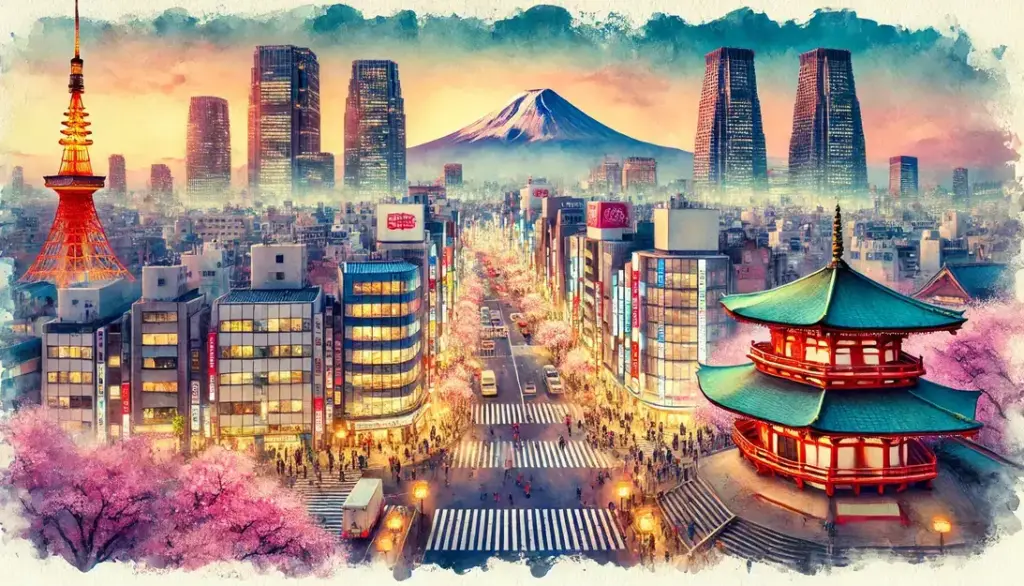Tokyo is the capital of Japan, a vibrant city where history meets modern life. Officially established as the capital in 1868, Tokyo replaced Kyoto, which had held the title for over a thousand years. Today, it’s not just a political center—it’s also home to Japan’s Imperial Palace, countless museums, and endless cultural landmarks. Whether you’re curious about its rich past or global influence, Tokyo’s story is worth exploring.
Tokyo: The Capital of Japan
Tokyo is the dazzling capital of Japan, known for combining the timeless beauty of tradition with groundbreaking modernity. Located on Honshu, Japan’s largest island, it’s the world’s most populous metropolitan area and a symbol of transformation. But how did it become the heart of Japan? And what makes Tokyo a global powerhouse today?
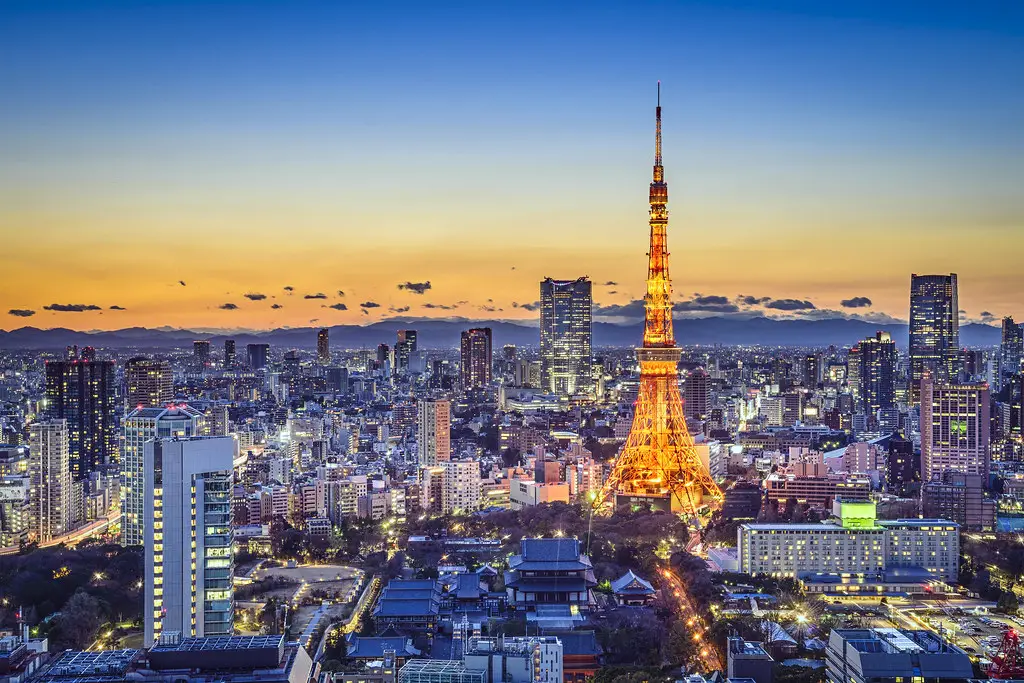
How Tokyo Became the Capital
Before Tokyo, Kyoto held the title of Japan’s capital for over a thousand years. This changed dramatically in 1868 during the Meiji Restoration. Japan shifted from feudal rule by samurai-led shoguns to imperial control, marking a new chapter. The emperor moved from Kyoto to Edo, which was renamed “Tokyo,” meaning “Eastern Capital.”
Tokyo’s rise wasn’t just symbolic. Its location made it ideal for trade and governance. Unlike Kyoto, which was further west, Tokyo gave Japan a strategic foothold for modernization and global outreach. The transition also highlighted the desire to westernize, as the Meiji government adopted new political, military, and social systems while leaving the feudal past behind. Curious about this historic shift? You can explore more about Tokyo’s role as a capital city of Japan.
Modern Tokyo: A Blend of Tradition and Progress
Tokyo is a city of contrasts. On one side, you’ll find ancient shrines, temples, and traditional wooden houses. On the other, neon-clad skyscrapers, bullet trains, and vibrant tech districts like Akihabara.
The city is an economic powerhouse, contributing nearly a third of Japan’s GDP. Moreover, Tokyo’s culture thrives worldwide, from sushi to anime and beyond. Modern Tokyo also prioritizes innovation, often referred to as a hub for cutting-edge robotics, advanced transport systems, and sustainable urban planning. More insights into how Tokyo marries culture with modern technology can be found here.
Tokyo is also about sensory experiences. Strolling through neighborhoods like Asakusa takes you back centuries, while Shibuya Crossing offers a snapshot of contemporary global trends. It’s where the past and the future coexist in harmony.
Significance on the Global Stage
As one of the top global financial hubs, Tokyo punches well above its weight. The Tokyo Stock Exchange is the third largest globally, trailing behind only New York and Shanghai. The city houses several multinational headquarters, making it an anchor in Asia’s financial network. Interested in how Tokyo maintains its position as a financial giant? Check out the Global Financial Center Tokyo organization.
Culturally, Tokyo shapes global trends in art, fashion, and entertainment. Japanese pop culture, from manga to video games, owes much of its growth to Tokyo’s vibrant creative scenes. Its influence stretches worldwide, with tourists and professionals flocking to the city for inspiration and collaboration.
Economically, Tokyo’s leadership in innovation ensures its place on the world stage. Whether it’s urban planning, sustainable designs, or advanced AI, the city leads by example. It’s more than just a financial hub—it’s a symbol of determination, adaptability, and progress.
A Historical Journey Through Japan’s Capitals
Japan’s history is embedded in its ancient capitals, each playing a pivotal role in shaping the nation. From Nara’s tranquil beginnings to Kyoto’s imperial prominence, and Edo’s evolution into Tokyo, these cities tell a fascinating story of tradition, power, and transformation.
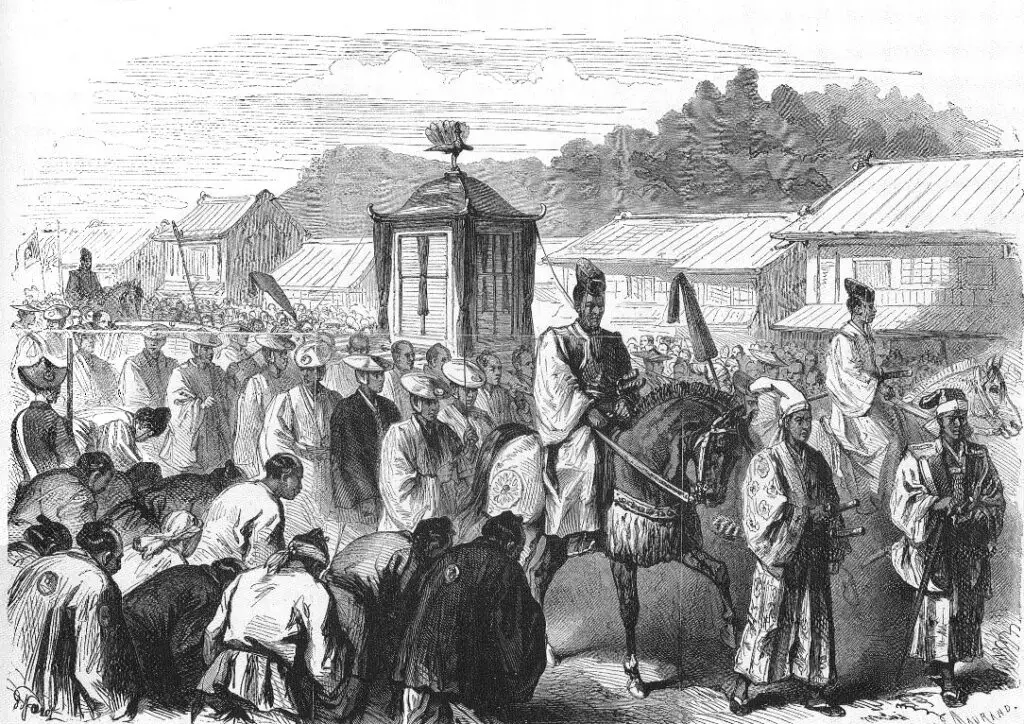
Nara: The First Permanent Capital
Nara, established in 710, holds the distinction of being Japan’s very first permanent capital city. Known as Heijō-kyō during its prime, it was modeled after China’s Tang Dynasty capital, Chang’an. This design reflected Japan’s openness to foreign ideas, particularly from China and Korea, which greatly influenced its culture during the Nara Period.
The city thrived as a hub of politics, religion, and art. Its most notable contributions include Buddhism’s spread across Japan, symbolized by the Todai-ji Temple and its famous Great Buddha statue. Ever wondered where Japan’s love for temple gardens and intricate statues started? It often ties back to Nara’s roots as the cultural and spiritual heart of early Japan.
For further insights into the legacy of Japan’s first capital, explore this comprehensive guide to Nara’s history.
Kyoto: Japan’s Imperial Heart
In 794, Emperor Kanmu decreed the relocation of the capital to Kyoto, marking the beginning of the Heian Period. For over a millennium, Kyoto served as the imperial capital of Japan, fostering an era rich in cultural, architectural, and artistic achievements.
Kyoto’s layout was inspired by Chang’an, too, but it developed a character unique to Japan. The city birthed some of the most iconic Japanese traditions, including tea ceremonies, Noh theater, and kimono fashion. It was here that emperors presided over a bustling court, surrounded by gardens that felt like windows into paradise.
Kyoto’s influence is so profound that it remains a symbol of Japan’s imperial legacy well beyond its time as the capital. Curious about Kyoto’s rich past? Check out this article on Kyoto’s historical significance.
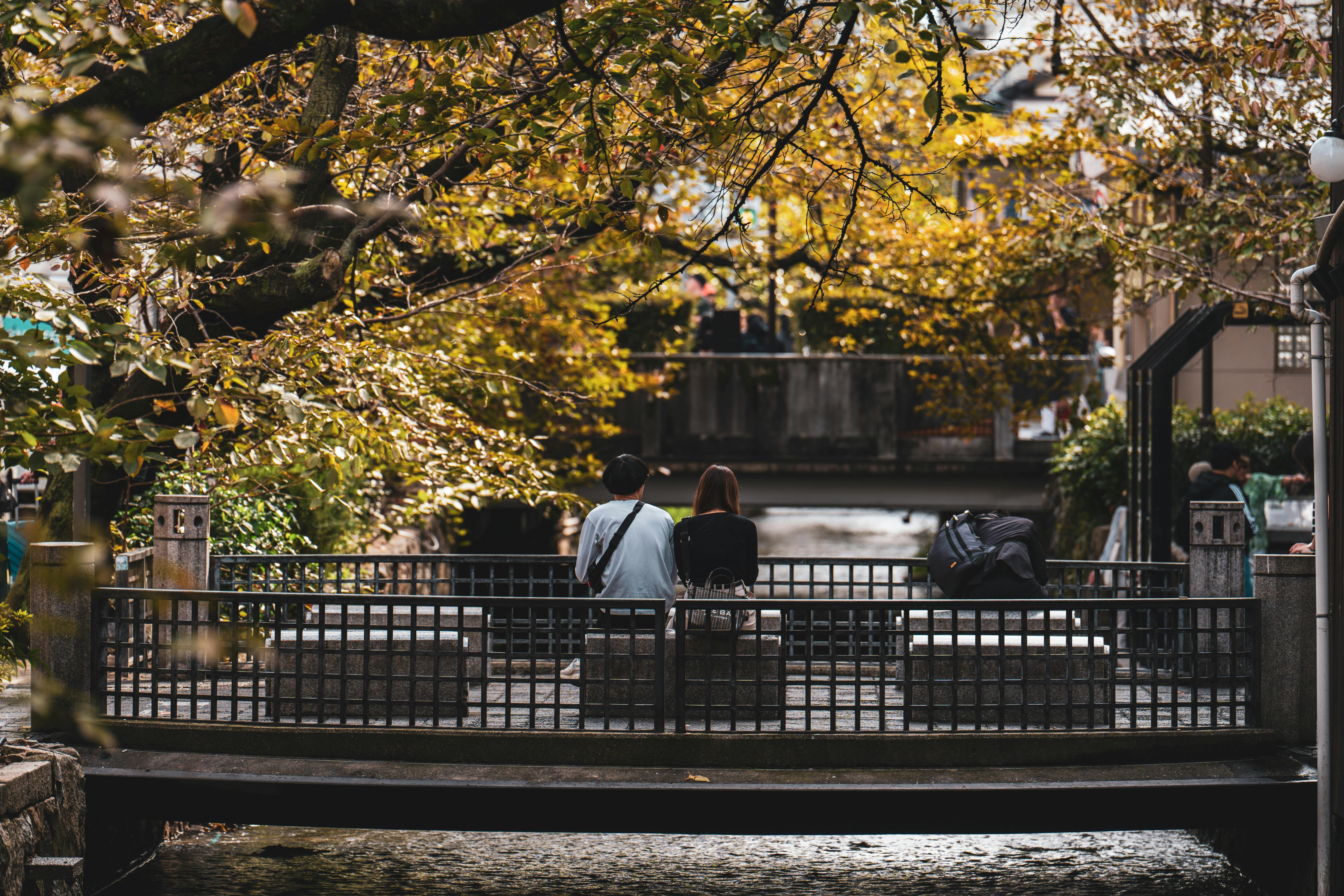 Photo by G N
Photo by G N
Edo: The Shogunate’s Power Center
Fast forward to 1603, and Japan saw a seismic shift in political power with the establishment of the Tokugawa Shogunate. Edo (modern-day Tokyo) became the shogunate’s base, transforming into a thriving city under Tokugawa Ieyasu’s leadership.
Edo wasn’t officially the capital during the shogunate era—the emperor remained in Kyoto. Yet, it became Japan’s de facto political hub. The city flourished, giving rise to a strict social order and an economic boom. Infrastructure improvements and a vibrant merchant culture made Edo one of the largest cities in the world by the 18th century.
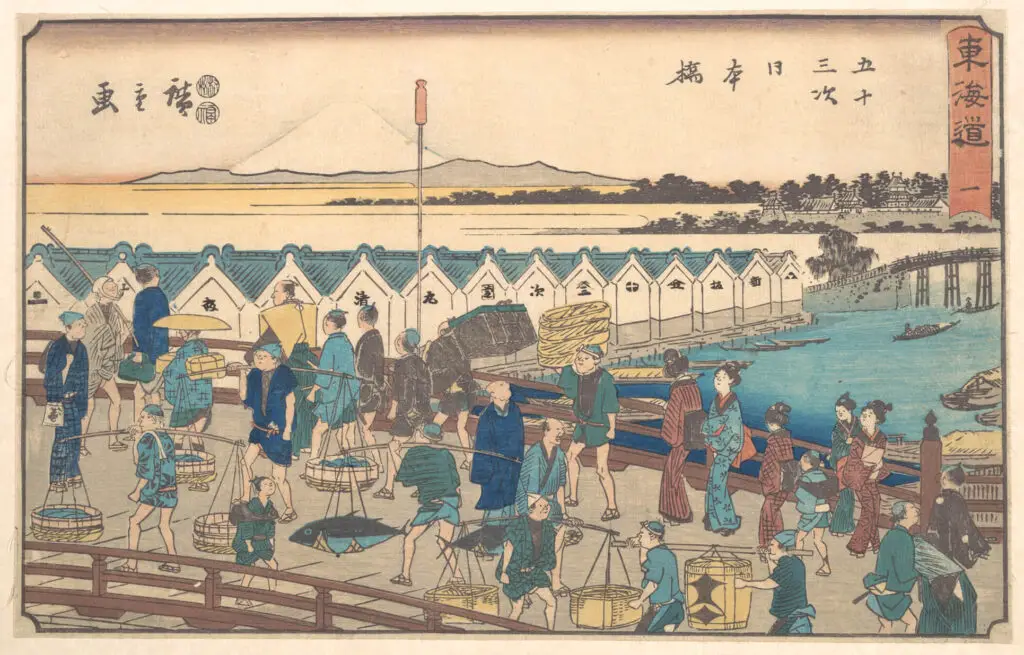
When the Meiji Restoration relocated the emperor to Edo in 1868, the city was renamed Tokyo, meaning “Eastern Capital.” It marked the start of a new era, where modernity and tradition began to intertwine. For an overview of Edo’s evolutionary journey, explore this deep dive into the Tokugawa period.
Each former capital offers a glimpse into Japan’s unique adaptations over centuries, creating the layers of history we see today. Stay tuned as we uncover more about Tokyo’s past and present in the next section!
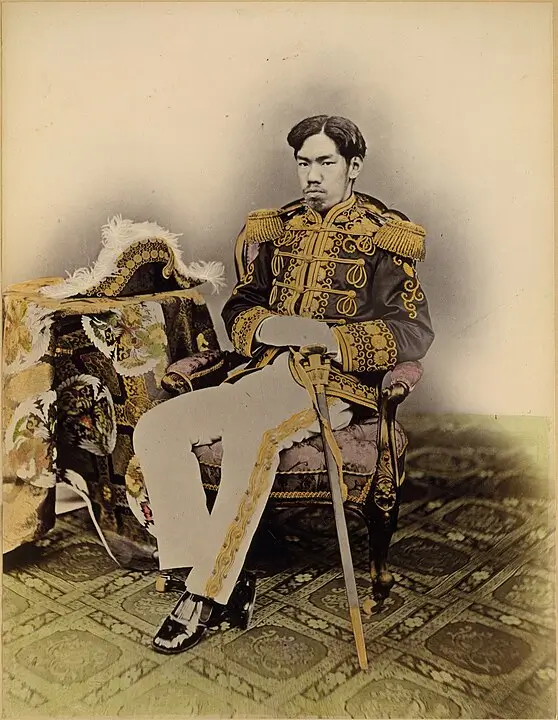
Cultural and Historical Landmarks in Tokyo
Tokyo is a treasure trove of Japan’s cultural heritage, offering glimpses into both its storied past and its present-day vitality. The capital is home to awe-inspiring locations that immerse visitors in Japan’s traditions, history, and artistic expressions.
The Imperial Palace
The Imperial Palace, located in central Tokyo, serves as the official residence of Japan’s Emperor. Nestled within a sprawling park-like space, this site offers a harmonious blend of historic architecture and serene natural beauty. Historically, the palace occupies the grounds of Edo Castle, a key center of power during the Tokugawa Shogunate.
Since 1868, when the emperor relocated to Tokyo during the Meiji Restoration, the Imperial Palace has held symbolic importance as the nation’s cultural heart. Visitors can enjoy guided tours through the East Gardens, which showcase remnants of the original Edo Castle walls and gates. Curious about more details on the history of the palace? Check out this insightful guide to the Tokyo Imperial Palace.
Meiji Shrine and Its Surroundings
The Meiji Shrine, or Meiji Jingu, is a sacred Shinto site that honors Emperor Meiji and Empress Shoken. Established in 1920, the shrine symbolizes Japan’s transition into modernity while preserving its rich traditions. The forested grounds surrounding the shrine make it a peaceful retreat from Tokyo’s bustling urban life.
Visitors are often struck by the massive torii gates at the entrance, leading to this tranquil sanctuary. The shrine frequently hosts traditional Shinto weddings and cultural celebrations, offering a chance to observe sacred practices firsthand.
Want to dive deeper into its historical significance? Learn more about the shrine’s past and present through this comprehensive overview of Meiji Shrine.
Tokyo National Museum
The Tokyo National Museum, established in 1872, is one of the oldest and most comprehensive museums in Japan. Located in Ueno Park, the museum showcases a stunning collection of artifacts that trace Japan’s cultural evolution.
From ancient pottery to samurai armor, the exhibitions span thousands of years of history. Among the highlights are traditional scroll paintings, sculptures, and ceremonial relics. Its vast collection ensures that visitors of all interests will leave with a newfound appreciation for Japanese art and craftsmanship. Discover more about the museum’s world-class exhibits at the Tokyo National Museum Collection site.
These landmarks capture the essence of what makes Tokyo not only Japan’s capital but also a living testament to its cultural and historical journey.
Why Tokyo is a Must-Visit Destination
Tokyo is a city full of vibrance, where every street corner tells a different story. Its rich blend of food, shopping, and cultural events makes it a dynamic destination that caters to all types of travelers. Whether you’re exploring its culinary delights, trendy districts, or seasonal traditions, Tokyo guarantees an experience unlike any other.
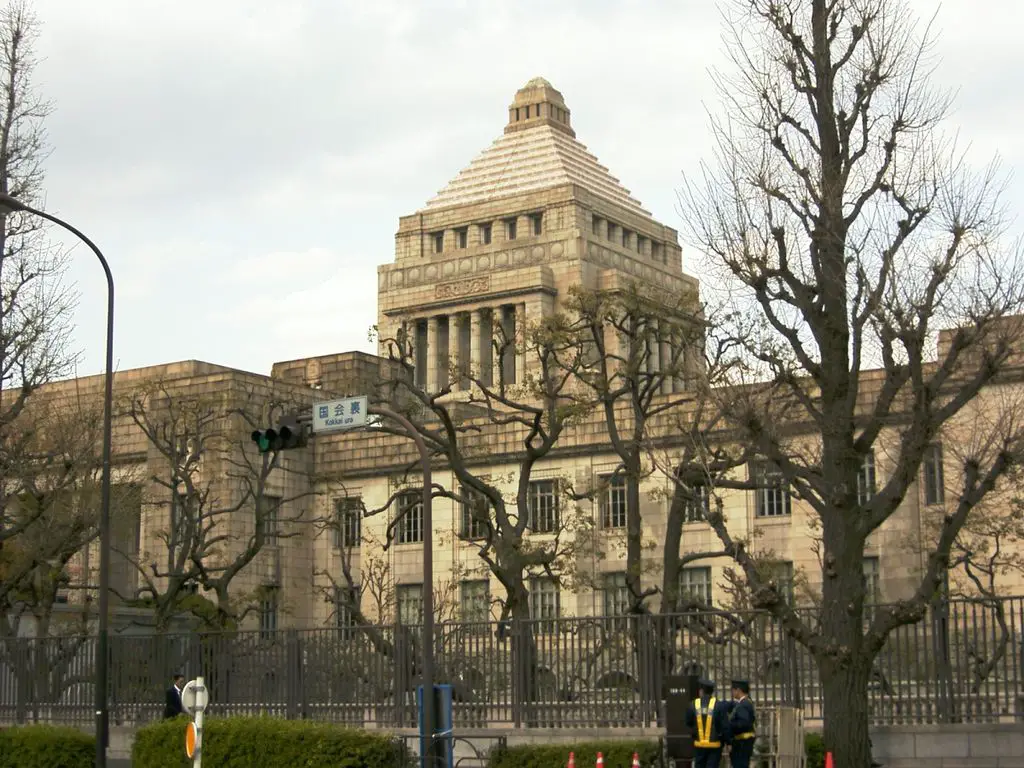
Food and Dining Experiences
Tokyo is a paradise for food enthusiasts. With over 160,000 restaurants, it has earned its title as the culinary capital of the world. From world-famous sushi to lesser-known street snacks, there’s something for every palate.
- Sushi: Experience authentic Edomae sushi at local institutions like Tsukiji Outer Market or upscale Michelin-star spots.
- Ramen: Craving a hearty meal? Tokyo’s ramen scene is unbeatable, with shops serving rich broths and hand-made noodles.
- Street Food: Wander through neighborhoods like Asakusa or Ueno to savor iconic treats like taiyaki (fish-shaped cakes) and takoyaki (octopus balls).
For a curated list of dining experiences in the city, visit the Tokyo Dining Experiences Guide.
Shopping and Entertainment Districts
Tokyo’s shopping culture is as diverse as it is world-class. Here’s a look at some iconic neighborhoods that offer unique shopping and entertainment experiences:
- Shibuya: Famous for its vibrant streets and the Shibuya Crossing, this area is alive with youth culture and trendsetting shops.
- Harajuku: The go-to spot for quirky and colorful fashion. Visit Takeshita Street for the latest in Japanese pop culture.
- Akihabara: A haven for tech lovers and anime fans. Find rare collectibles, cutting-edge gadgets, and themed cafes.
You can explore more about these neighborhoods through this Tokyo Shopping Guide.
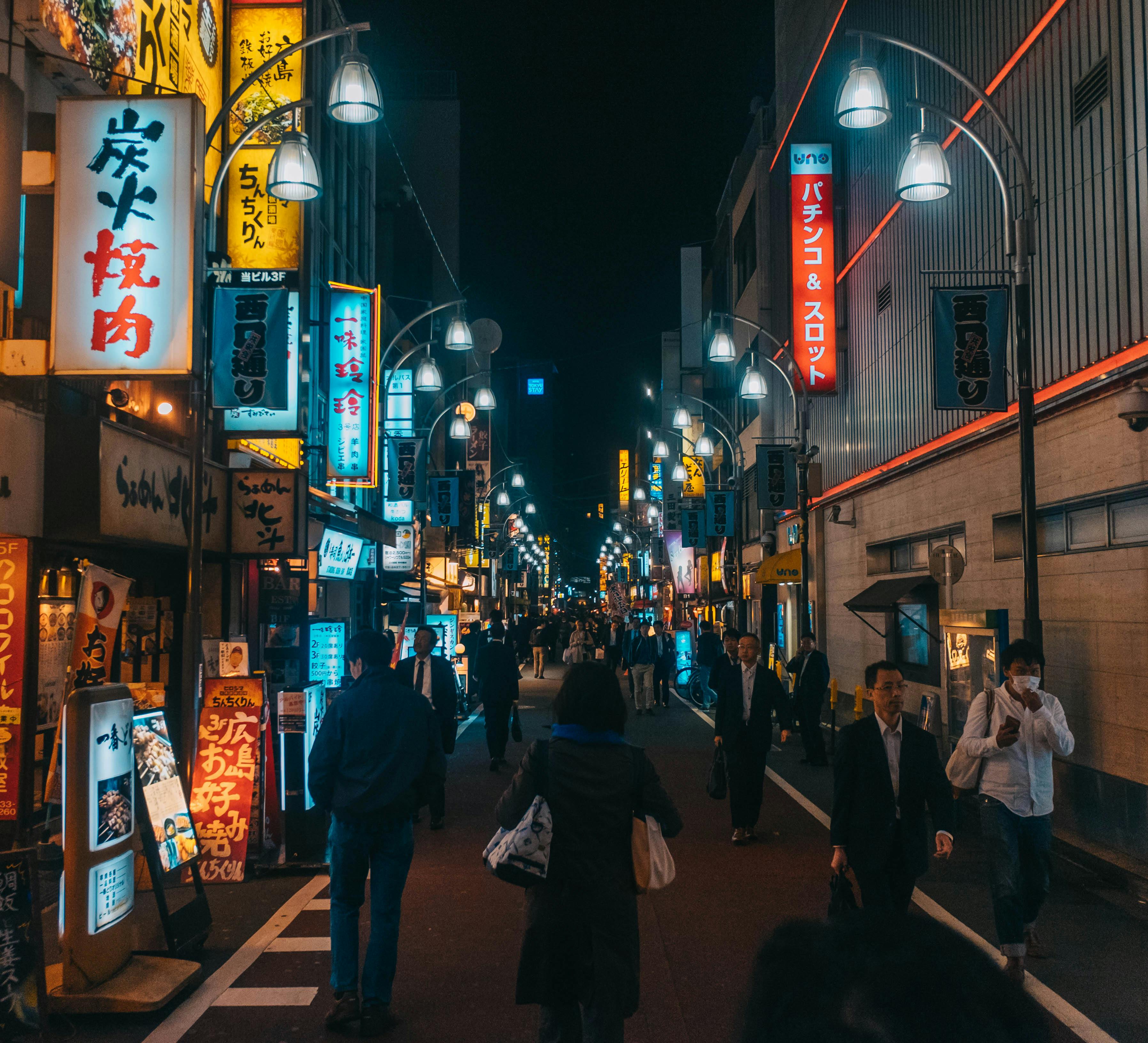 Photo by Hafeisi
Photo by Hafeisi
Seasonal Events and Festivals
Tokyo’s calendar is packed with vibrant festivals and seasonal celebrations. These events are windows into the city’s traditions and community spirit.
- Cherry Blossom Season: Spring transforms Tokyo into a pink wonderland. Join locals in hanami (flower viewing) at parks like Ueno or Shinjuku Gyoen.
- Summer Festivals (Matsuri): Events like the Kanda Matsuri or Sumida River Fireworks Festival light up the summer with brilliant displays.
- Winter Illuminations: During the colder months, the city sparkles with festive light displays, particularly in Roppongi and Shibuya.
For an updated calendar of events and festivals, visit the Tokyo Event Calendar.
Every corner of Tokyo has something special to offer. Whether you’re marveling at exquisite flavors, indulging in retail therapy, or embracing the rhythm of its festivals, the city will keep you coming back for more.
Conclusion
Tokyo’s evolution into Japan’s capital reflects a remarkable journey of history, tradition, and progress. From its transition during the Meiji era to its current role as a global leader in culture and economics, Tokyo is more than just a geographical center—it’s a symbol of resilience and innovation.
Whether you’re drawn to its rich heritage or dynamic modernity, Tokyo offers an experience that’s both timeless and forward-looking. Explore its streets, immerse yourself in its culture, and discover why Tokyo continues to captivate millions around the world.
What aspect of Tokyo intrigues you the most? Share your thoughts and join the conversation!

